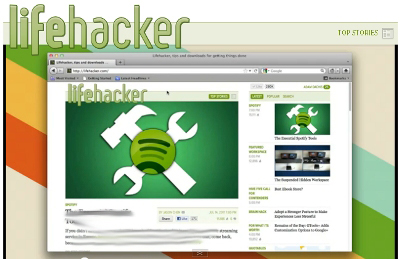Last year,
I questioned the appeal of mobile banking apps for smartphones amid all the hoopla that CIBC generated for their app launch, the first mobile banking app from a major Canadian financial institution.
Like many marketers, my work in the last year has taken me to the world of mobile apps. Much of my work and learning has revolved around how kids, especially preschoolers, use mobile apps, but I do stay on top of trends among grownups too. Like many people, I become a proud first time owner of an iPhone, though I have not downloaded any banking apps.

A new study from Toronto’s Solutions Research Group(SRG) has found that Canadians are increasingly doing their banking on the go, and suggests that paying by plastic – whether debit or credit card – is destined to become obsolete.
The 2011 “Mobile Money & Banking Report” found that more than a third (38%) of all Canadian smartphone users currently use a banking app, including more than half (54%) of all iPhone users.
According to the report, the number of Canadians using a mobile banking app has shot up from zero just 14 months ago to more than 2.5 million today. The TD Canada Trust app is the most popular with Canadians, followed by CIBC, RBC, Scotiabank and BMO.
I was ready to retract my initial skepticism, but then saw that the study to which Marketing Magazine refers surveyed only 419 people, making me question its statistical validity.
Based on a survey of 419 smartphone users 18+, the study found that 63% of banking app users are “very satisfied” with the mobile banking product and an additional 33% are “somewhat satisfied.”
Meanwhile,
The Financial Post's Jonathan Chevreau reported last week that "while two thirds of us prefer online banking to pay bills...only 8% [of Canadians] use mobile banking." The Financial Post's Environics survey was based on a more meaningful sample size of 1,000.
I have no doubt that it won't be long before smartphone owners (including me) are using our phones to pay for items at retail, and that credit card and debit card use will decline as a result. But paying for stuff with your phone isn't the same as "doing your banking" with your smartphone, just as paying for stuff with credit or debit cards isn't the same as "doing your banking" with credit or debit cards. Maybe it's just a matter of semantics, but when I identify and promote a trend, I like it to be backed up with solid facts.











